 |
| Roald Dahl's Matilda and her love of literature. |
 |
| “The mind needs books like the sword needs a whetstone.” (Tyrion Lannister) in A Game of Thrones by George R R Martin. |
In this way, a character's literary choices can show us something about who they are, what they love and maybe even what they desire.
Look at the fictional character Catherine Morland in Jane Austen's novel, Northanger Abbey. What does her obsession with Gothic novels, and The Mysteries of Udolpho, a real-world novel by Ann Radcliffe, add to the plot and world building?
 |
| The Mysteries of Udolho by Ann Radcliffe first published in 1794. |
One of my favourite speculative fiction novels of all times, Angel of Ruin (also known as Fallen Angel) by Kim Wilkins, tells of a contemporary journalist with not enough luck and a bit too much curiosity. As stories unfold within stories, the origins of one of the most famous poems ever written, John Milton's Paradise Lost is re-visioned. In this case, the intertextuality becomes so intricate that there is no plot without it.
 |
| "Milton's Paradise Lost" by John Milton and illustrated by Gustave Dore Henry Altemus, Philadelphia - ca 1885, first thus edition (first Altemus Dore edition) |
From cartoons to literary fiction, intertextuality has a role. Of course, when we are reading, we don't think of it that way, being too lost in the other worlds. At least, that's the goal.
Do you have a favorite fictional character who reads? A story within a story? I'd love to hear about it in the comments.
Do you have a favorite fictional character who reads? A story within a story? I'd love to hear about it in the comments.
* * *
Kim Falconer's New YA Fantasy Series is out in 2019 - The Bone Throwers.
Also, check her urban fantasy out now - The Blood in the Beginning - and Ava Sykes Novel and the SFF Quantum Enchantment Series.
You can find Kim on Twitter, Facebook and Instagram.




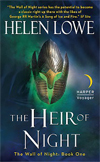
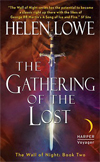
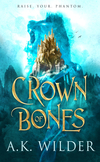
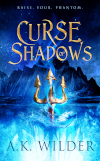
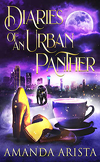
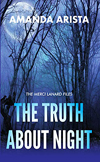

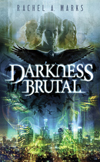
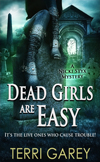
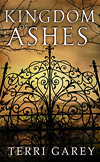
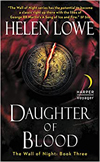
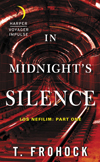

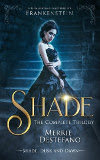

No comments:
Post a Comment